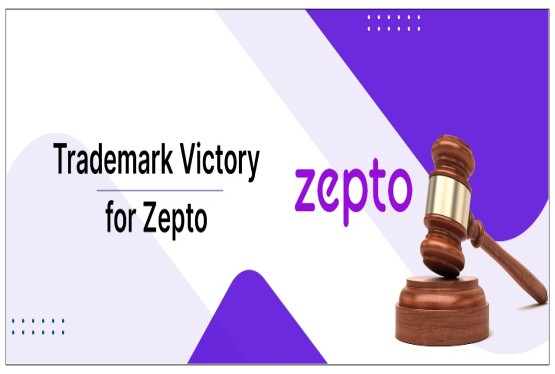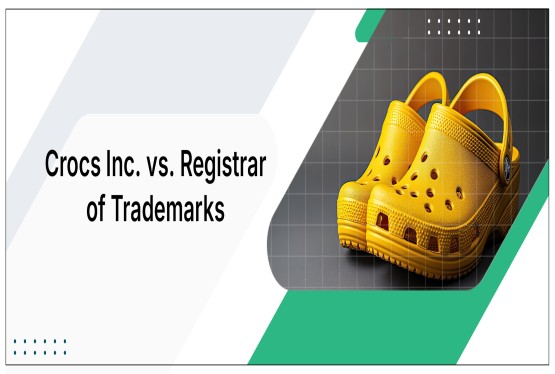When trademark registration, understanding the different statuses it may pass through is crucial. Among these statuses, 'Accepted and Advertised' and 'Advertised Before Accepted' are particularly important as they relate to the publication of a trademark in the Trademark Journal. This publication is a critical step before the trademark can proceed to registration, allowing for public scrutiny and opposition..
1. What Does 'Accepted and Advertised' Mean?
The status 'Accepted and Advertised' indicates that the Trademark Registrar has reviewed the application and found it to be complete with the provisions of the Trademarks Act, 1999. The trademark is deemed acceptable for registration without any conditions or objections.
Key Features:
-
Registrar's Approval: The mark has been reviewed, and there are no substantive objections.
-
Journal Publication: The trademark is published in the Trademark Journal for a specified period of 4 months, during which any third party can file an opposition.
-
Progression: If no opposition is raised within this period, the mark proceeds to registration.
2. What Does 'Advertised Before Accepted' Mean?
The status 'Advertised Before Accepted' applies to trademarks that, while not meeting all standard criteria for acceptance, are still allowed to be published in the Trademark Journal. This status usually arises when the Registrar has reservations about the mark’s registrability but decides to advertise it for public opinion.
Key Features:
- Conditional Advertising: The mark is published with a note indicating that it is being advertised for the public's opinion before formal acceptance.
-
Public Scrutiny: Opposite party can file Notice of Opposition the trademark during the 4-month opposition period.
-
Registrar’s Final Decision Pending: The Registrar may accept or reject the trademark based on opposition or additional reviews.
3. Differences Between 'Accepted and Advertised' and 'Advertised Before Accepted'
|
Aspect |
Accepted and Advertised |
Advertised Before Accepted |
|
Registrar's Opinion |
Fully accepted and compliant with the law. |
Conditionally accepted; requires public scrutiny. |
|
Reason for Status |
No objections or conflicts during examination. |
Potential issues like descriptiveness or resemblance. |
|
Public Role |
Standard 4-month opposition period. |
Public opinion critical for final acceptance. |
|
Outcome |
Likely to proceed to registration smoothly. |
May face rejection or modifications based on oppositions. |
4. Legal Provisions Supporting These Statuses
The Trademarks Act, 1999 provides the framework for these statuses:
-
Section 20: Discusses the advertisement of applications in the Trademark Journal.
-
Section 18(4): Empowers the Registrar to accept or conditionally accept a trademark before publication.
-
Section 21: Allows for oppositions to be filed within the statutory period.
5. Why Are These Statuses Important?
Understanding these statuses helps applicants:
-
Prepare for possible objections or oppositions.
-
Assess the strength of their trademark application.
-
Take timely actions, such as responding to oppositions or submitting additional evidence.
6. Steps to Handle These Statuses
For 'Accepted and Advertised':
-
Monitor the opposition period closely.
-
Respond promptly to any filed oppositions.
-
Prepare for the next step of receiving the registration certificate if no opposition arises.
For 'Advertised Before Accepted':
-
Provide the relevant evidence of use, distinctiveness, or compliance during the opposition period.
-
Be ready to address any objections raised by the public or the Registrar.
7. Conclusion
Both 'Accepted and Advertised' and 'Advertised Before Accepted' statuses are important in the trademark registration process. While the former indicates a straightforward path to registration, the latter calls for additional vigilance and proactive efforts to secure the trademark. By understanding these statuses and their implications, businesses and individuals can use the registration process effectively and safeguard their brand identity.






























_(b)_of_the_Trademark_Act,_1999_(1)_crop10_thumb.jpg)



_crop10_thumb.jpg)




























_crop10_thumb.jpg)
_crop10_thumb.jpg)






_crop10_thumb.jpg)








_crop10_thumb.jpg)



_crop10_thumb.jpg)





























_crop10_thumb.jpg)

















_crop10_thumb.jpg)






_crop10_thumb.jpg)











































































































































_crop10_thumb.jpg)




































_crop10_thumb.jpg)












_crop10_thumb.jpg)































